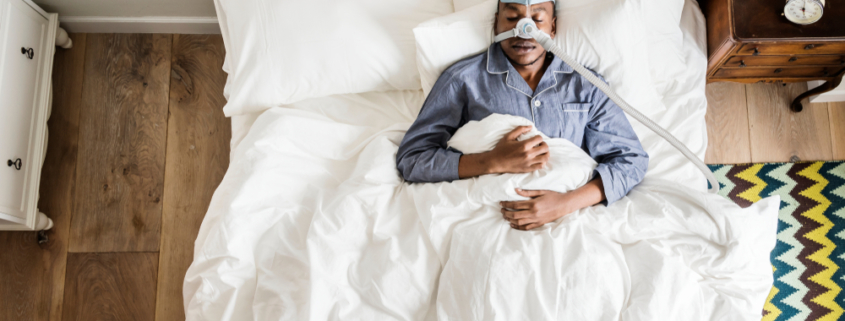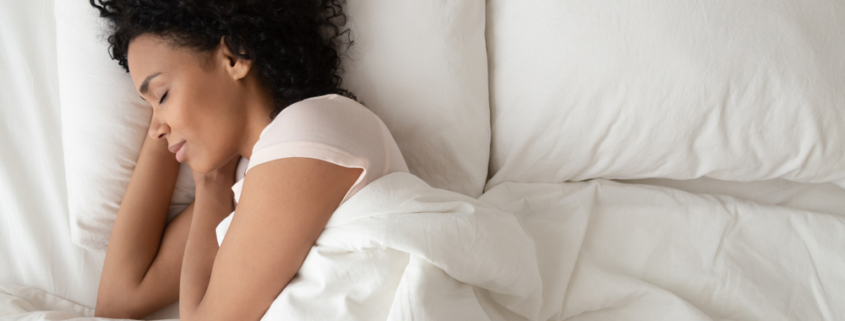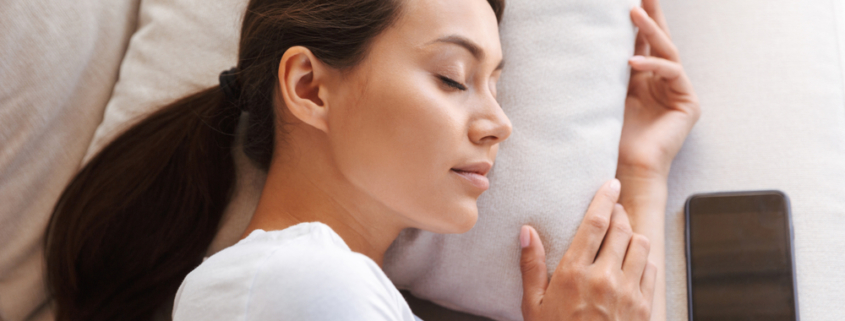How Sleep Apnea Is Treated Through Holistic Dentistry
It is estimated that as many as 22 million Americans suffer from sleep apnea. If you are among them, you’ve probably heard of CPAP (continuous positive airway pressure) machines. Those who’ve experienced CPAP machines know how effective they are, but can also testify to the discomfort involved in using them. This discomfort leads to low adherence, which means that many people who need them don’t use them as often as they should. The other key trouble with CPAP machines is that while they alleviate the symptoms, they don’t treat the causes of sleep apnea.
So, How Can a Holistic Dentist Help?
A holistic (or integrative) dentist will look for causes of sleep apnea, not just the symptoms. Major causes of sleep apnea actually include poor alignment of the jaw, and of the tongue, which are all things your dentist can help treat. These conditions can include:
- Retrognathia: Poor alignment of the jaw can often be seen when the lower jaw is pulled back. This can push the tongue and the pharyngeal tissue backwards, restricting the airway and causing sleep apnea.
- High tongue: Dr. Mandanas also looks for a higher than average tongue level. During sleep, the tongue relaxes and falls back. If it is larger than usual or set higher, it could block the airway when it relaxes, causing you to struggle to breathe when you’re asleep.
- Mouth breathing: This can be caused by either a bad habit, sometimes brought on by a persistent cold, or by a developmental issue such as a collapsed arch. Mouth breathing is sometimes a symptom of an underlying issue which is also causing sleep apnea. However, mouth breathing can also cause sleep apnea itself as well. The tonsillar tissue at the back of the throat is designed to catch and kill bacteria before they enter the lungs. Excessive use, caused by constant mouth breathing, can cause this tissue to swell and lead to sleep apnea. Nose breathing, on the other hand, has many benefits – for example, nose hairs filter bacteria before they enter the airway; nitric oxide gas in the nasal passage kills bad bacteria; nasal passages warm air before it enters the lungs.
- Tongue positioning: The tongue is a strong muscle and over time it shapes the mouth. Improper positioning of the tongue can, therefore, lead to mouth breathing and sleep apnea as we age.
What Treatments Can a Holistic Dentist Provide?
The treatment naturally depends on the cause of sleep apnea. For tongue issues, retraining exercises can help by teaching the tongue where to sit while not in use. However, if your sleep apnea is caused by retrognathia, Dr. Mandanas may prescribe a mandibular advancement device (MAD). This device prevents the lower jaw from slipping back during sleep.
Like the CPAP machine, a MAD is worn during sleep. However, unlike a CPAP machine, a MAD is much less restrictive, allowing the patient to roll over and sleep in their preferred position. As treatment progresses and the jaw learns to stay in the new position, the MAD is adjusted to gradually push the lower jaw forward. It’s a really effective treatment.
Dr. Mandanas is also studying Advanced Light Force (ALF) therapy for patients who need a more advanced treatment than mandibular advancement. The ALF device works by applying light pressure to the interior of the teeth and facial bones to adjust the cranial structure, enacting neurological as well as physical changes by using the natural forces of the body for advanced sleep apnea patients. It is able to be worn during the day and is almost invisible to others, making compliance so much easier and delivering great results!
What Are My Options?
When you visit Dr. Mandanas, she will assess the causes of your sleep apnea and recommend the best treatment plan for you. The integrative options discussed above are covered by most insurances, although that coverage does depend on the exact nature of your sleep apnea.
If you or a family member suffers from sleep apnea and you are interested in Dr. Mandanas’ approach as an integrative dentist, contact us during office hours to schedule an appointment! We look forward to seeing you.



